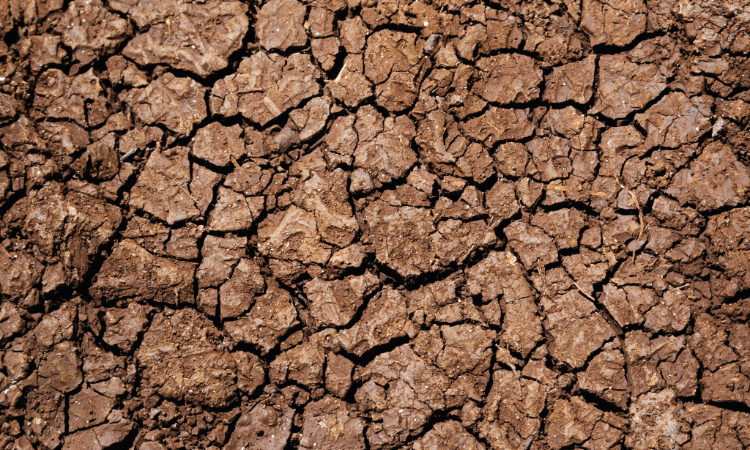Treatment Sludge Eluate Preparation: Detailed Analysis
Treatment Sludge Eluate Preparation by Extraction Method

Sewage sludge is a by-product of wastewater treatment plants and can often contain heavy metals, organic pollutants and various chemical compounds. In order to dispose of or recycle this sludge in an environmentally safe manner, detailed analyses are required. In particular, eluate preparation is an important step to determine the potential for contaminants in the sludge to migrate into water.
What is Eluate Preparation?
Eluate preparation is the process of dissolving the substances contained in a sample using a specific liquid and analyzing this liquid. This process is used to understand whether contaminants in sewage sludge will migrate to water and their environmental impact.
Objectives:
- To determine the concentrations of heavy metals, organic compounds and other pollutants in sludge.
- Assessment of the potential for environmental dispersion of pollutants.
- Checking compliance with legal regulations.
What is Extraction Method?
The extraction method is a standardized method used to prepare eluates from sewage sludge. This method allows certain chemical substances to pass from the sample to the liquid phase (eluate). Usually TCLP (Toxicity Characteristic Leaching Procedure) or similar methods are applied.
Equipment and Materials Used:
- Mixing device (vibrating or mechanical shaker)
- Specially designed extraction vessels
- Filtration equipment and filter papers
- pH adjusting chemicals
- Pure water or test liquids (acidic/alkaline)
Steps
- Sample Preparation:
- The sewage sludge sample is dried and homogenized.
- The solid to liquid ratio is adjusted according to the test requirements.
- Extraction Solution Preparation:
- The extraction solution is prepared according to the test protocol to be applied (usually acidic or neutral pH solutions).
- Sludge Extraction:
- The prepared sludge sample is mixed with the extraction solution.
- The sample is stirred for the appropriate temperature and time (e.g. 18-24 hours).
- Filtration:
- After the extraction process is complete, the sample is filtered.
- The liquid from filtration is collected as eluate for analysis.
- Analysis:
- Contaminants in the eluate are analyzed (heavy metals, organic pollutants, pH, conductivity, etc.).
- The results are compared with environmental regulations.
What are the Parameters Analyzed?
Analyses performed after the eluate preparation process provide information on the environmental impact of the sludge. The following parameters are usually analyzed:
- Heavy Metals:
- Concentration of metals such as Lead (Pb), Cadmium (Cd), Arsenic (As), Mercury (Hg), Zinc (Zn).
- Metal concentrations should comply with the limit values according to waste disposal regulations.
- Organic Pollutants:
- The presence of organic substances such as polyaromatic hydrocarbons (PAH), pesticides, chlorinated compounds is checked.
- Physical and Chemical Parameters:
- pH and conductivity: Measured to determine the acidic or basic properties of the sludge and the dissolved ion concentration.
- Total Dissolved Solids (TSS): The total amount of dissolved matter present in the effluent.
- Biological Contaminants:
- Pathogenic microorganisms in sludge can be analyzed, especially in some tests.
Nanolab Laboratories Group continues to provide services within the scope of Treatment Sludge Effluent Preparation. We also provide services in Wastewater Analysis.
Contact us for more information.
You can follow us on LinkedIn for up-to-date news and posts about our services.
Follow our Instagram account to be informed about our latest blog posts.

